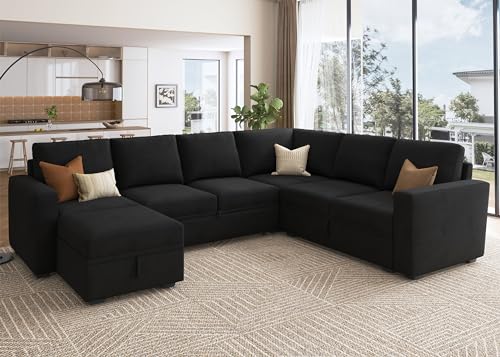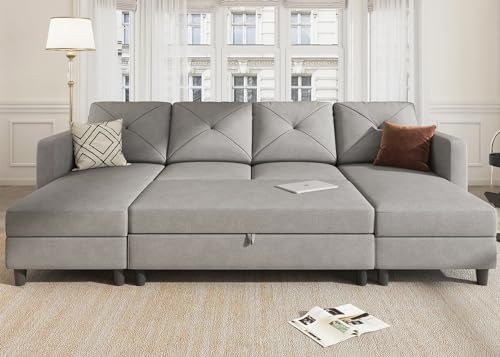11 Ways To Fully Redesign Your What Are U Shaped Valleys
페이지 정보

본문
 What Are U Shaped Valleys?
What Are U Shaped Valleys?A U-shaped valley is a geological formation that has steep, high sides and a flat or rounded valley bottom. These valleys are created by glaciation. They often contain lakes or rivers, sandtraps along a golf course kettle lakes (water hazards) or other natural features.
Glacial erosion causes U-shaped valleys, caused by the plucking of rocks from the side and bottom of the valley. These valleys can be seen in mountainous regions all over the globe.
Glaciers are responsible for the formation of them.
Glaciers are massive bodies of ice which form on mountains and then move down them. As they degrade the landscape they create U-shaped valleys that have flat floors and steep sides. These valleys differ from the valleys of rivers that are generally formed in the shape of a letter V. While glacial erosion may be seen in a variety of places but these valleys are characteristic of mountain areas. They are so distinct that you can tell whether the landscape was formed by glaciers or rivers.
The process of creating a U -shaped valley starts by forming a V formed river valley. As the glacier erodes, it encroaches upon the V-shaped valley of the river and creates an U-shaped inverted form. The ice also scour the land's surface creating straight and high walls on the sides of valley. This process is called glaciation, and it takes a great deal of strength to scour the earth this manner.
As the glacier continues to degrade the landscape, it makes the valley more and more wide. The ice is less frictional than the rocks. As the glacier travels down the valley, it creates abrasion on the rock surfaces and pulls the rocks that are weak away from the valley wall in a process referred to as plucking. These processes are used together to widen, smoothen and deepen the U-shaped valley.
These processes also cause a tiny side valley to be left 'hanging' above the main valley. The valley could be filled with ribbon lakes, which are created when water flows through the glacier. The valley is also characterized by striations and ruts along the sides and bottom, as in addition to moraines and till on the floor.
The world is filled with U-shaped valleys. They are most common in mountainous regions, such as the Andes, Alps, Caucasus, Himalaya and Rocky Mountains. In the United States, they are often located in national parks. Examples include the Nant Ffrancon valley in Wales and Glacier National Park in Montana. In some cases valleys can extend to coastal areas and become Fjords. This is a natural phenomenon that occurs when the glacier melts. It can take thousands of years to create these valleys.
The depths of the ocean are deep
U-shaped valleys are characterized by steep sides that curve at the bottom, and a wide, flat valley floor. They are formed in valleys in rivers that were filled by glaciers during the glacial era. Glaciers erode the valley floor by abrasion and plucking, which cause the valley to get deeper and expand more equally than a river would. These features can be found in mountainous regions around the globe including the Andes Mountains, Alps Mountains, Himalayas Mountains, Rocky Mountains and New Zealand.
The erosion of the glacier in the valley could transform it into a U-shaped valley by deepening and expanding it. The erosive power of the glacier can also cause smaller side valleys to hang above the main valley which is often characterized by waterfalls. These features are called "hanging valleys" because they are hung above the main valley as the glacier recedes.
These valleys are usually located in forests and could contain lakes. Some valleys are used for agriculture while others are filled with water. Many of these valleys are located in Alaska, the place where melting glaciers are the most evident.
Valley glaciers are massive river-like flows that slowly slide down mountain slopes. They can reach depths of more than 1000 feet and are the most common type of valley erosion in the alpine regions. They consume the rocks on the bottom of a valley leaving behind depressions or holes that are then filled with water. The lakes that result are long and narrow and are found on the tops of certain mountains.
A glacial trough is yet another type of valley. It is a gray u shaped sectional (please click the next page) shape valley that extends out into the salt water to create an fjord. They are prevalent in Norway, where they are known as fjords. However, they are also found in other regions of the world. They are formed by melting glaciers, and can be seen on a map of the world. They are usually characterized by rounded sides that mimic a U shape in cross-section and steep sides. The walls of the troughs are typically made of granite.
They are a bit steep
A U form valley is a type of formation with high, steep sides and a rounded bottom. They are quite frequent in mountainous areas and are usually carved by glaciers. This is due to glaciers being slow-moving rivers of ice which move downhill, scouring the earth as they move. Scientists once thought that glaciers couldn't carve valleys due to being so soft. However, now we know that they are able to.
Glaciers create distinctive u-shaped valleys by using the processes of plucking and abrasion. These processes broaden, steepen and deepen V-shaped valleys to an U shape through erosion. They also alter the slopes of the valley floor. These changes take place in the front of the glacier as it is pushed into a valley. This is the reason why a U form valley is typically larger at the top than at the bottom.
Sometimes, U-shaped valleys can be filled with lakes. These lakes are known as kettle lakes. They are formed in hollows that were eroded out of the rock by the glacier or drained by the moraine. The lake could be a temporary feature, as the glacier melts or it may remain even after the glacier has receded. They are usually found in conjunction with cirques.
Another type of valley is one with a flat floor. This valley is formed by streams that erode the soil. However it doesn't have a steep slope, like a U-shaped one. They are typically found in mountainous regions and are more affluent than other types.
There are different kinds of valleys across the world. Each has its own unique appearance. The most popular type of valley is the V-shaped one, however there are some rift valleys that are U-shaped as well as. A Rift valley is formed in areas where the earth's crust is splitting apart. These are typically narrow valleys that have steep sides. This is evident in the Nant Ffrancon Valley, located in Snowdonia.
They are wide
U-shaped valleys are characterized by their wide bases, unlike V-shaped ones. Glaciers are responsible for creating these valleys, which are usually located in mountain ranges. Glaciers are massive blocks of snow and ice which erode the landscape as they slide downhill. They cause valleys to be eroded by friction and erosion. This is referred to as the scouring. The glaciers break up the landscape in a distinctive U-shaped design. These are referred to as U-shaped valleys and are found in a variety of locations across the world.
The formation of these valleys takes place when glaciers erode existing river valleys. The glacier's weight and slow movement erode the valley floor and sides, creating a distinctive U-shaped shape. This process is known as glacial erosion and has resulted in some of the most breathtaking landscapes on Earth.
These valleys can also be called trough valleys or glacial troughs. They are found throughout the world, but especially in regions with glaciers and mountains. They can vary in size from a few meters to several hundred kilometers. They also differ in depth and length. The deeper the valley, the larger the fluctuation of temperature will be.
A fjord or ribbon lake is formed when a U-shaped valley fills with water. The ribbon lakes are formed in depressions where glaciers eroded less resistant rocks. They can also form within a valley in which the glacier is stopped by the wall.
U-shaped valleys may also contain other glacial features, such as hanging valleys, moraine dams and Erratics. Erratics are massive boulders that were left behind by the glacier during its movement. They can be used to define the boundaries between glaciated regions.
These smaller valleys are left 'hanging" above the main valley that was created by the glacier. These valleys are not as deep than the main valley and they contain less ice. These valleys are created by tributary ice and are often topped by waterfalls.

- 이전글Wondering How to Make Your Lingerie Storage Box Rock? Learn This! 24.06.24
- 다음글15 Gifts For The Fela Lawyer Lover In Your Life 24.06.24
댓글목록
등록된 댓글이 없습니다.
